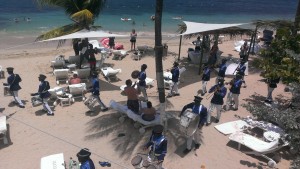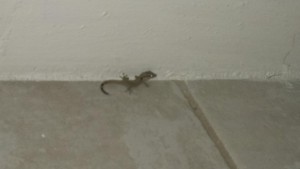We look around and see heroes among us.
We are thankful for the opportunity to work alongside the general practitioners and pediatricians here. It has been a privilege to partner with you and to learn from each other. Thanks especially to Dr. San San Win, Dr. Iyer Ramos, and the hospital administrators who helped coordinate each day. Thank you to Dr. Candi, Dr. Min, Dr. Rico, Dr. Slolely, Dr. Ravi, and the many others who patiently helped us navigate hospital admissions, referrals, and the daily ins and outs of the medical system.
We appreciate the kindness of the Couples Tower Isle Staff at the resort and the Ministry of Health drivers on our daily commute, making us feel welcome and teaching us about Jamaica—its culture, music, food, language, values, and so much more. We miss your smiles and warmth already.
We are inspired by Diane Pollard, who shared over dinner the story of her dream and its reality in starting the Issa Trust Foundation.
We are indebted to the families of our patients– for entrusting us to care for their children.
We value our young patients and the chance to intersect with their lives.
We give thanks for the opportunity to be in Jamaica.
And as we return to the States, we consider for ourselves… How to continue to engage the world around us? How to respond to the poverty, economic inequality, injustice, and violence streaming across the headlines, in other countries, in our nation, and in our very own city? What to do when it hits us between the eyes? It’s a small, uncomfortable feeling, but one that grows with the truth that life is short and that we truly should live, not merely exist. And we remember the words of Mother Teresa: “Not all of us can do great things. But we can do small things with great love.”
So we seek to continue to respond with love—by doing small things, the hard things, and thus bringing hope for the future. We hope that you too are inspired.
A sincere thank you to the Issa Trust Foundation and all who support its work.











Connect With Us